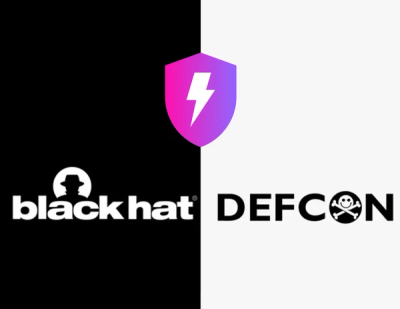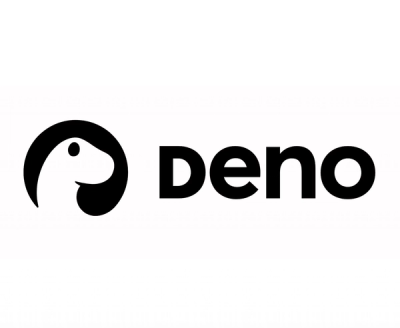
Security News
Meet Socket at Black Hat and DEF CON 2025 in Las Vegas
Meet Socket at Black Hat & DEF CON 2025 for 1:1s, insider security talks at Allegiant Stadium, and a private dinner with top minds in software supply chain security.
A socketCAN on TCP client/server
usage: tcpcan.py [-h] [--host HOST] [--port PORT] [--serve] [-v] canif
Tunnel SocketCAN on TCP.
positional arguments:
canif SocketCAN interface
optional arguments:
-h, --help show this help message and exit
--host HOST TCP host (default: localhost)
--port PORT TCP port (default: 20010)
--serve
-v, --verbose
tcpcan vcan0 --serve
tcpcan vcan0
This section describes the protocol used by tcpcan. Every message has a two byte header containing a prefix (1 byte) and a length (1 byte). The protocol is big endian if nothing else is stated. A connection always starts with a protocol version negotiation using the Protocol version message. No other messages than Protocol version messages must be sent before a version agreement has been met.
| --------------- | ----------------- | --------------------------------- |
| Prefix (1 byte) | Length N (1 byte) | Prefix specific payload (N bytes) |
| --------------- | ----------------- | --------------------------------- |
| Prefix | Format | Description | Supported in version |
|---|---|---|---|
| v | I | Protocol version | 1 |
| d | B* | SocketCAN data, 16 B (can_frame) or 72 B (canfd_frame) | 1 |
A client initiates the negotiation by proposing a protocol version it supports, typically its highest supported version. The server responds with either the same version number as an acknowledgement that an agreement has been met or it proposes a lower version number. If the version number is lowered the negotiation continue until an agreement is made. If the version reaches 0, no agreement could be made and the connection is terminated. A communicating party must not respond to a Protocol version message if it contains the same version number as the party itself has proposed earlier.
FAQs
A socketCAN on TCP client/server
We found that tcpcan demonstrated a healthy version release cadence and project activity because the last version was released less than a year ago. It has 1 open source maintainer collaborating on the project.
Did you know?

Socket for GitHub automatically highlights issues in each pull request and monitors the health of all your open source dependencies. Discover the contents of your packages and block harmful activity before you install or update your dependencies.

Security News
Meet Socket at Black Hat & DEF CON 2025 for 1:1s, insider security talks at Allegiant Stadium, and a private dinner with top minds in software supply chain security.

Security News
CAI is a new open source AI framework that automates penetration testing tasks like scanning and exploitation up to 3,600× faster than humans.

Security News
Deno 2.4 brings back bundling, improves dependency updates and telemetry, and makes the runtime more practical for real-world JavaScript projects.